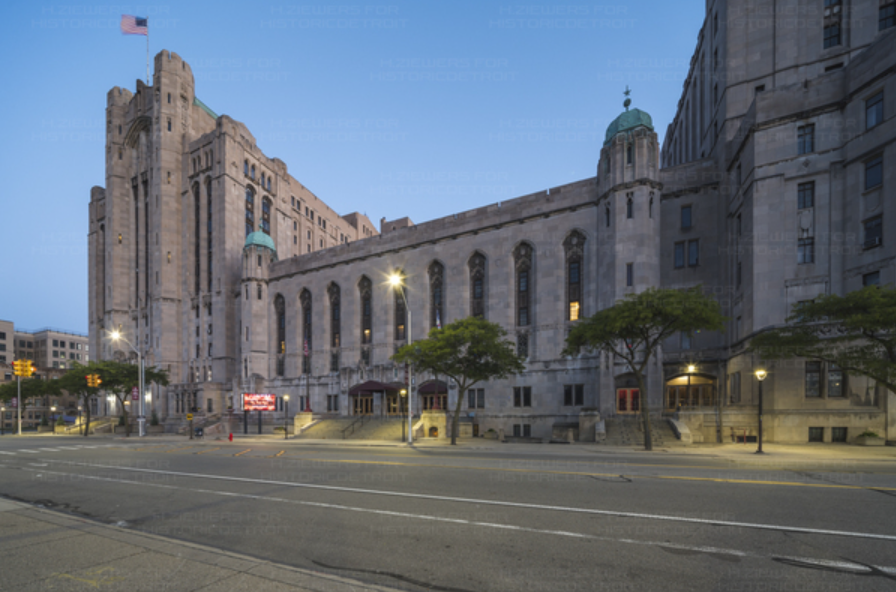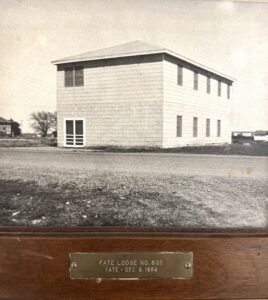Architecture plays a profound and symbolic role in Freemasonry, not merely as a functional expression of space, but as a living metaphor for the moral and spiritual ideals of the organization. Masonic lodges and temples are often deliberately designed to reflect ancient principles of sacred geometry, symbolism, and ritual purpose—transforming brick and mortar into a statement of philosophical meaning.
Masonic Architecture: A Mirror of Ideals
Freemasonry is rooted in the legacy of operative stonemasons who built the great cathedrals and temples of the medieval world. As the fraternity transitioned from a guild of craftsmen to a society of moral and spiritual seekers (known as speculative Masonry), architecture evolved from a physical craft to a symbolic framework for inner development.
Sacred Space and Initiation
Every lodge is considered a temple of virtue, a space consecrated for moral transformation. The lodge becomes an allegorical microcosm of the universe, where the initiate undergoes a symbolic journey from darkness to light, ignorance to enlightenment.
Famous Examples of Masonic Architecture
1. The House of the Temple (Washington, D.C.)
- Architect: John Russell Pope (who also designed the Jefferson Memorial).
- Modeled after the Mausoleum at Halicarnassus, one of the Seven Wonders of the Ancient World.
- Serves as the headquarters of the Scottish Rite of Freemasonry, Southern Jurisdiction.
- It’s a temple to esoteric wisdom, lined with columns, veiled staircases, and deep symbolic ornamentation.
2. Detroit Masonic Temple (Michigan, USA)
- The largest Masonic Temple in the world.
- Features 1,037 rooms, multiple lodge rooms, ballrooms, a 4,000-seat theater, and a drill hall.
- Built in the Neo-Gothic style, it’s an architectural wonder, combining grandeur and secrecy.
3. Freemasons’ Hall (London, UK)
- Headquarters of the United Grand Lodge of England.
- An Art Deco masterpiece built as a memorial to the Freemasons who died in World War I.
- The Grand Temple is a spectacle of light, mosaics, and marble, rich in Masonic allegory.
4. Rosslyn Chapel (Scotland)
- While not a lodge, this 15th-century chapel is deeply associated with Masonic legend and Templar lore.
- Its carvings, star-patterned ceiling, and hidden symbols have made it a focal point of esoteric study and speculative history.
5. Freemason’s Temple (Philadelphia, PA)

Freemasons’ Hall (London, UK)






